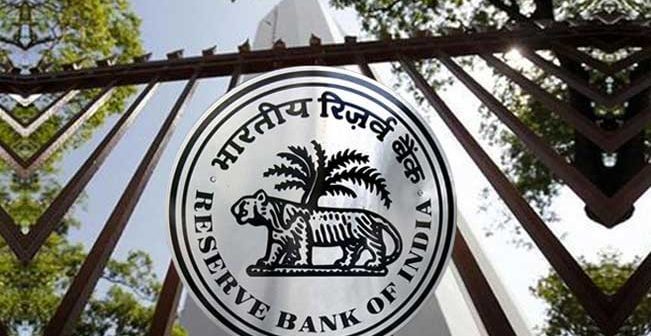(T.E.T)
The concerns about the new COVID variant-Omicron disrupting the economic revival may be short-lived. The Reserve Bank economists say that expectations that Omicron may turn out to be more of a flash flood than a wave have brightened near-term prospects, in their latest assessment of the economy. Amidst upbeat consumer and business confidence and an uptick in bank credit, aggregate demand conditions stay resilient, they say.
The recent data from the UK and South Africa suggest that such infections are 66 to 80 per cent less severe, with a lower need for hospitalisation. This has brightened near-term prospects and financial markets reflect this optimism, indicated the report published in RBI’s latest monthly bulletin, which does not necessarily reflect the central bank’s official view.
The report acknowledges that the recovery that has been underway with the ebbing of the second wave of the pandemic is encountering headwinds from a rapid surge in infections in a third wave marked by the rapid transmissibility of the Omicron variant.
But indications are that these concerns may be short lived. Mobility indicators though slipped sequentially, still remained above its pre-pandemic level. Also, electricity generation accelerated through January so far, reaching pre-pandemic levels, the report said.
The markets which reacted adversely as infections surged in late December and early January. But with concerns on the severity of the Omicron variant subsiding, the market recouped its losses, tracking positive global cues.
Aggregate demand conditions have stayed resilient. The issuance of E-way bills – an indicator of freight movement – surged to 7.2 crore in December, the second highest in its history. This is indicative of the likelihood of robust collection of the goods and services tax (GST) in January 2022.
Bank credit growth is indicating signs of a gradual recovery amid declining bad loan levels, improved profitability and capital levels. The credit growth is led by the retail segment, although flow of credit to lower rated corporates remains hesitant.
At a global level, there are indications that supply chain disruptions and shipping costs are slowly easing, although the waning of inflation may take longer. This provides a window of opportunity to focus all energies on accelerating and broadening the global recovery.





